Op-Ed: Why a hug isn’t just a hug
Photo credit: Maia Alvarez
I sit within a chalk circle, metaphorically drawing my boundaries. Every person has their own capacity for physical touch. Drawing up what your boundaries are and standing by them seems terrifying. But so long as spaces for open and healthy boundary discussions are avaliable, healthy boundaries and mutual understandings can be created.
February 17, 2022
“It’s more than just a hug!”
I remember how my voice rang through the living room as I shouted at my frustrated family after rejecting a hug. I could see their scrunched eyebrows because they couldn’t understand why I despised some forms of physical touch, especially when I’m not the one to initiate it. I could have tried explaining why I have these boundaries, but what was the point when it was only going to get shot down by phrases like, “You’re being overdramatic” or “Stop being rude, it’s just a hug”?
But it’s not just a hug.
When it comes to physical touch, boundaries vary from person to person. Some might have been raised in a family of “non-huggers,” and therefore received similar habits or don’t pick up on social cues as easily. Others might have “higher levels of social anxiety” that makes them more hesitant to engage in physical affection from others.
According to a study conducted by BBC called The Touch Test, “while almost three-quarters of people said that they like interpersonal touch, 27% do not.” And thanks to COVID-19, “personal boundaries had expanded by 50% or more.”
Setting physical boundaries is hard enough, but they get even harder when it’s with the people you are closest to. Stating you don’t want a hug or an arm around your shoulders from people who have known you forever? No way.
However, these boundaries are beneficial and necessary. A study conducted by Jennifer Weichel at Michigan State University said that healthy boundaries create “less stress and resentfulness,” “keep us safe” and help us “achieve happiness.”
But to set these boundaries, Jennifer Weichel said we must communicate them in a “tactful way.”
Despite the difficulty in stating your opinion, communication is key. These tactful discussions are at the very core of establishing clear and effective boundaries. From discussions, simple strategies such as color-coded wristbands, pins or understanding another’s level of physical touch can be established.
But how can we affirm our boundaries without our family and friends trying to listen and understand them? With our friends and family meeting us in the middle.
These conversations must be met with open-mindedness from both parties to ensure the boundary can be heard and set. If the individual setting the boundary is given the safe space and time needed to vocalize their boundaries, a foundation of trust is created, bringing both parties closer emotionally.
But even knowing the other person cares, declaring your personal boundaries is challenging. However, coming in prepared can make the talk more manageable. In preparation for these discussions, reflect on your own needs and, potentially, use credible sources to back up the importance of personal boundaries.
Above all, when establishing your boundaries to family, friends or anyone else: be straightforward, establish consequences if the boundary is broken, and don’t feel guilty. Your mental health, physical health and personal happiness come first, and healthy boundaries help ensure that.
To all who are afraid to set your boundaries, don’t be. Reach out to those around you and address your needs. Just because you don’t want a hug doesn’t mean you don’t care.



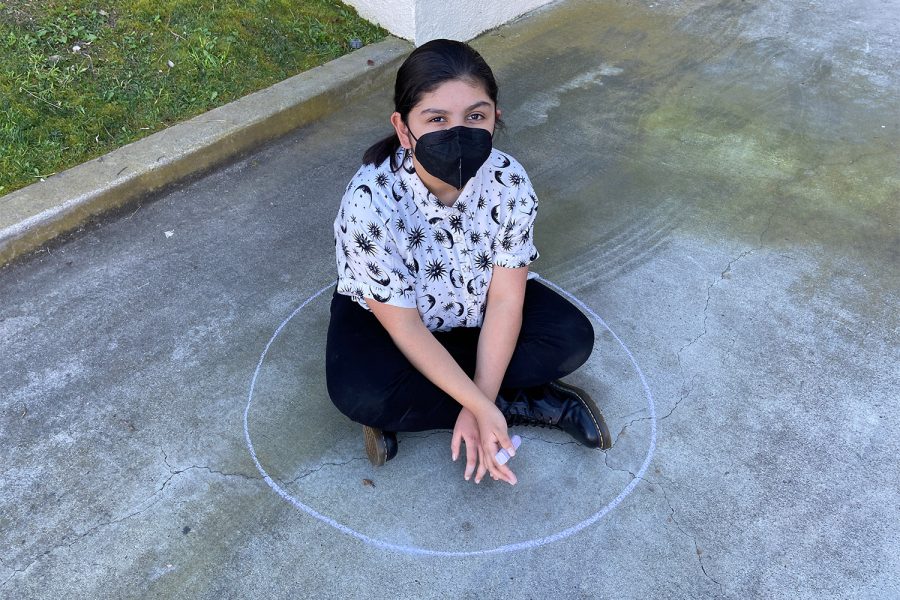
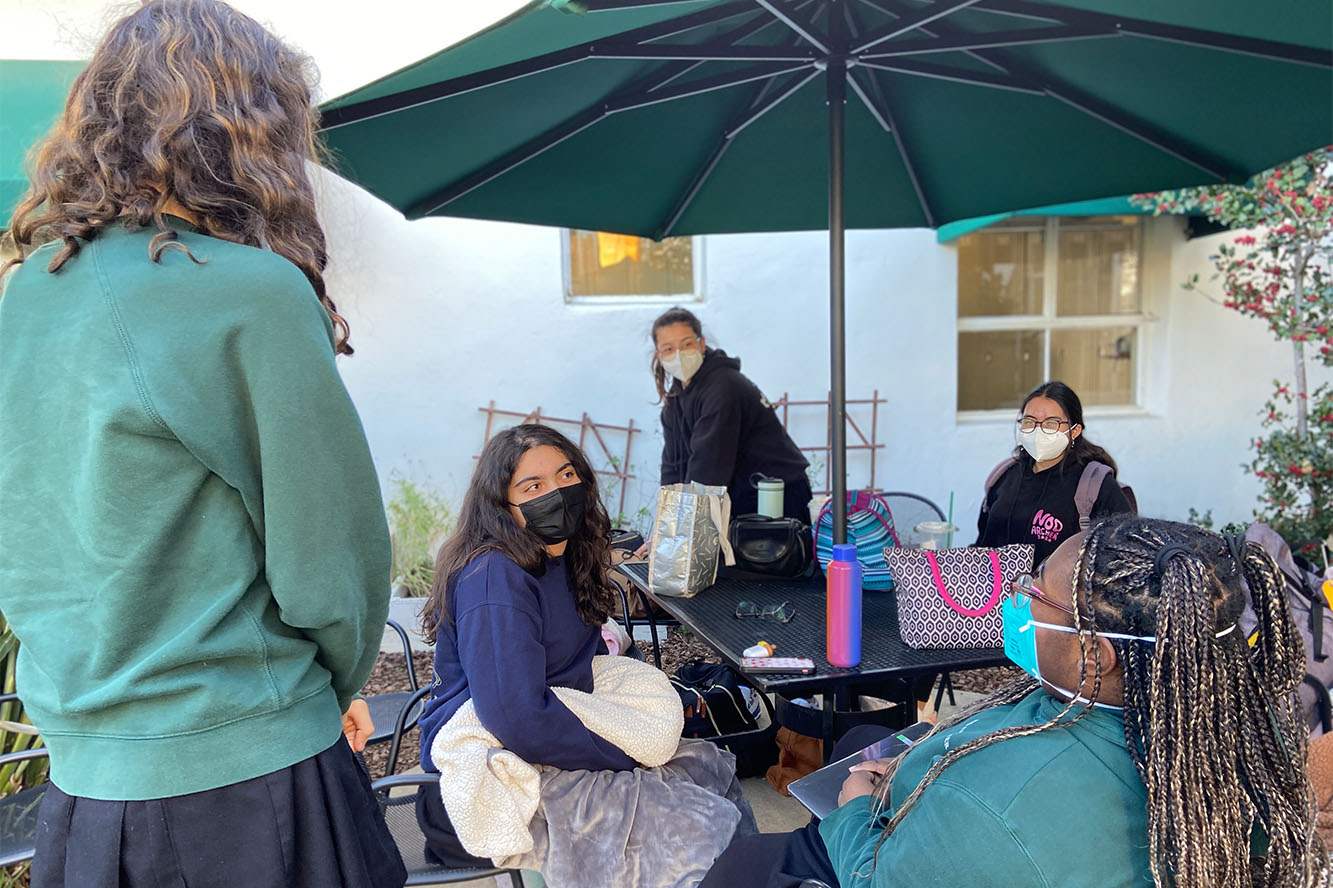
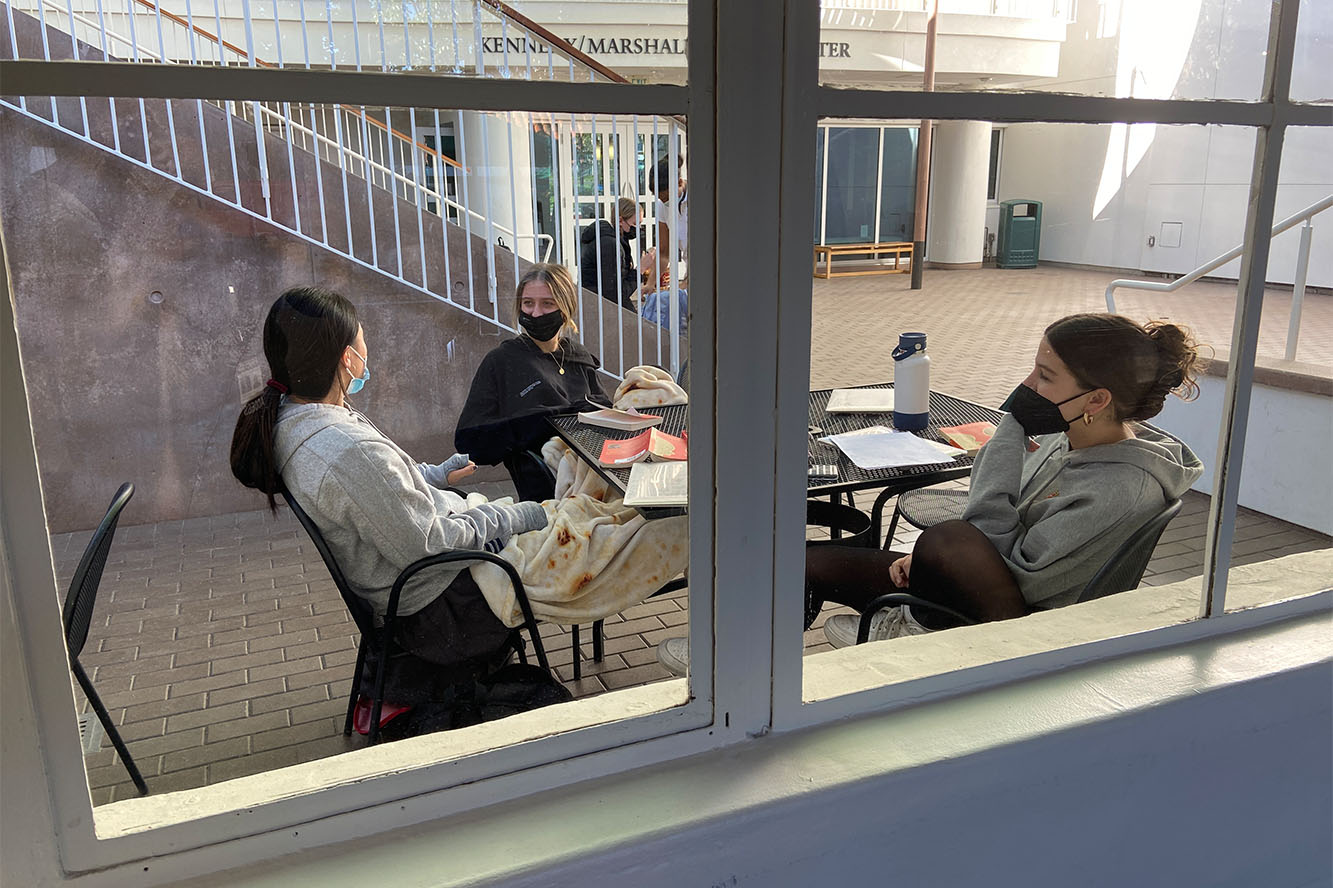
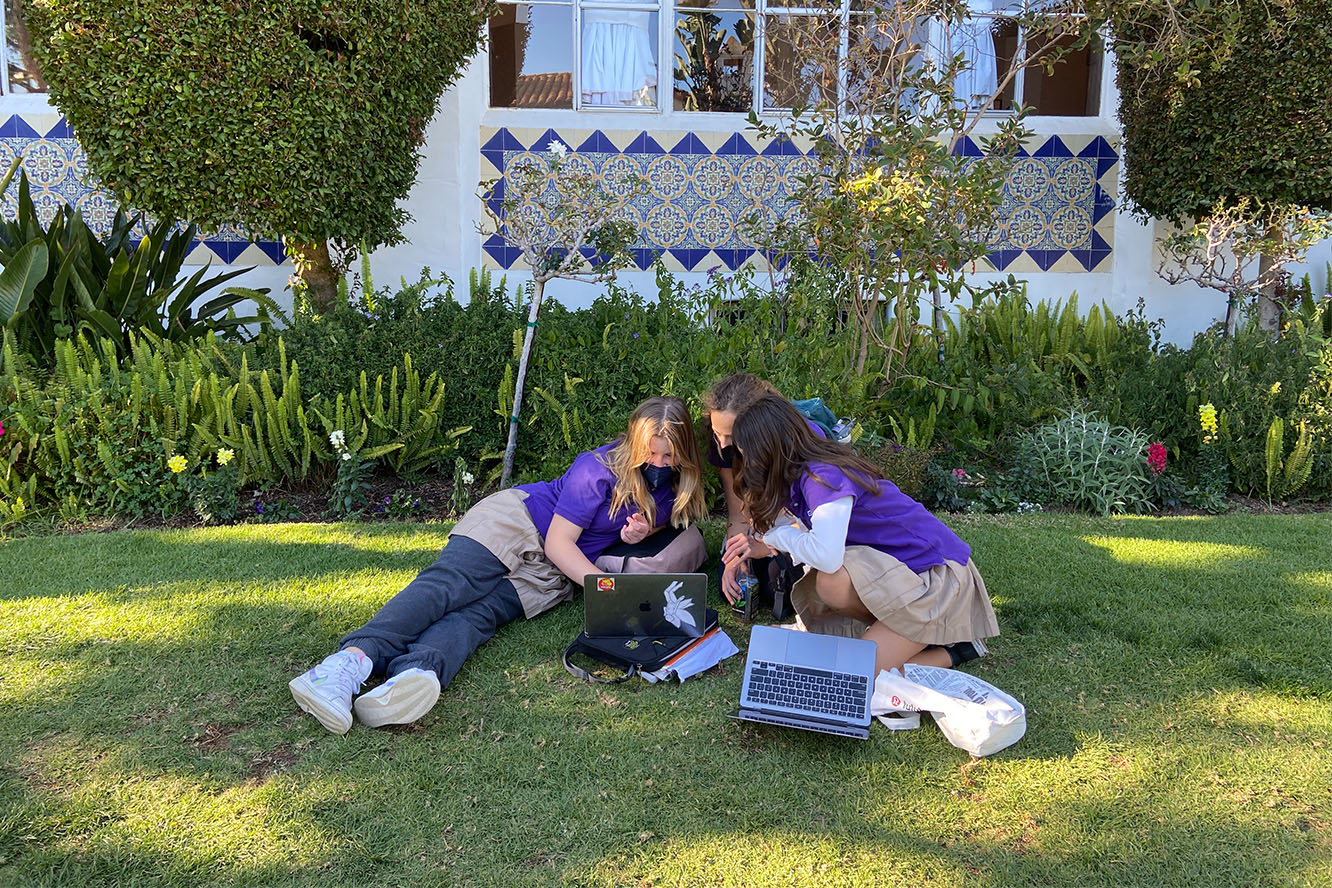
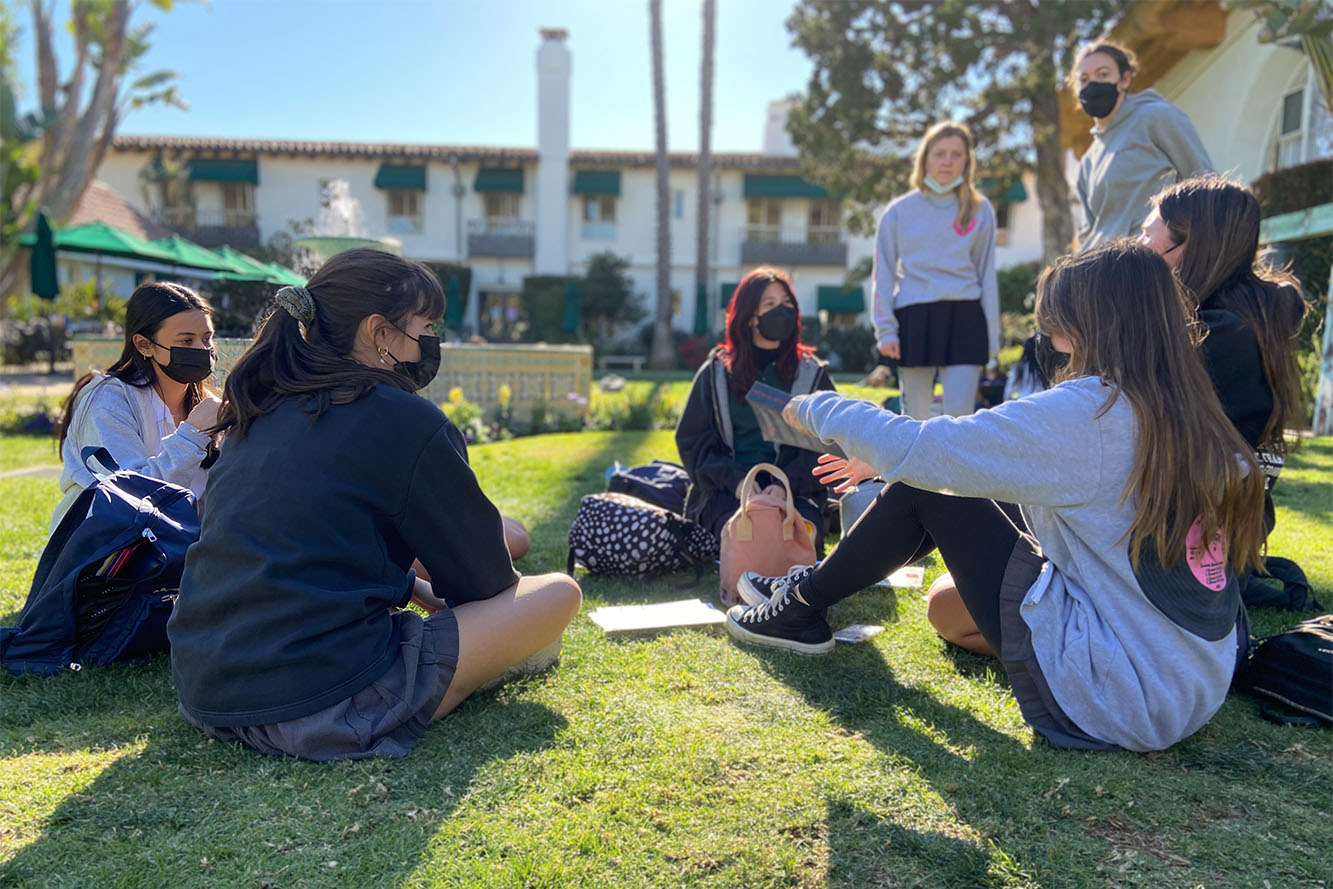



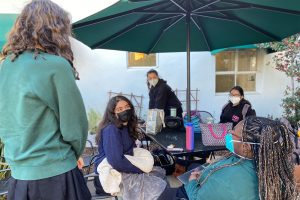






Ms. Geffen • Feb 22, 2022 at 10:55 pm
Thanks for making me think and question my own boundaries and how I approach others, Maya. I found your article very interesting and (as a pre-Covid “hugger”) it makes definitely want to be more aware of my expectations and approach to others regarding physical space. Well-written piece!